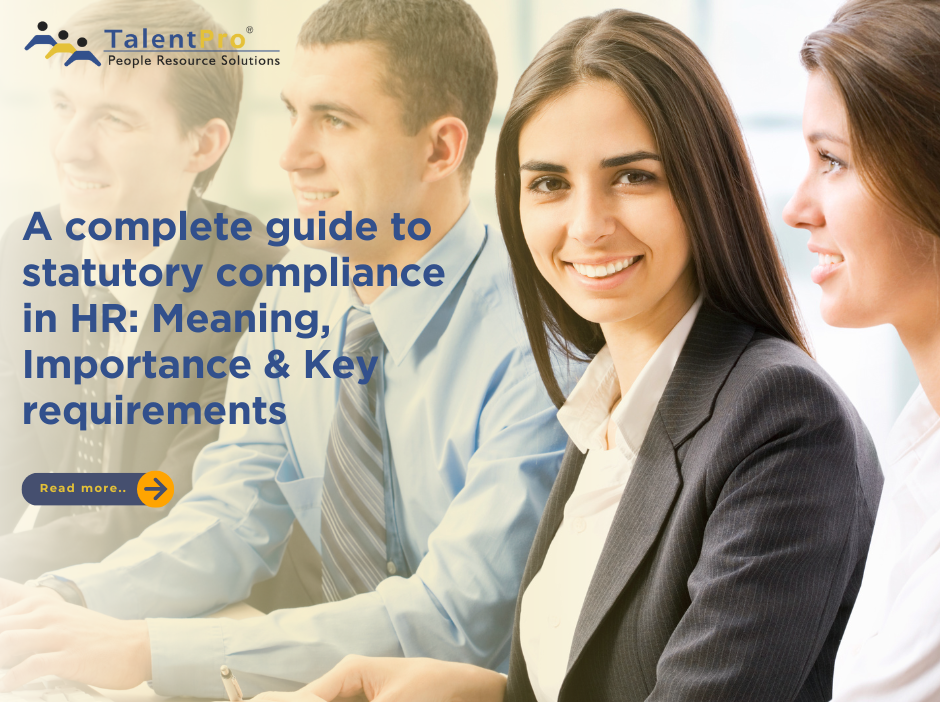This is a series of blog posts that will address the most important points related to managing payroll. The third in this series will focus on “Some intricacies of building a payroll system” – Points to consider”
Some intricacies of building a payroll system
- The basic function of the payroll office is to provide and promote payroll services which meet the needs of staff of any organization.
- The payroll department is an organization’s shop window and failing to recognize the importance of accuracy and timeliness will cost HR dear. Hence payroll is not a mere processing function.
- Payroll professionals control a business’s biggest controllable cost – the salary bill – and protect the company’s reputation by ensuring compliance with a vast range of legislation.
- One of the essential and core functions of any payroll department is the processing of time records – whatever you all it, time sheets, time cards or time reports or whether the records are hand-written on paper time sheets, punched on a time clock or created by the most sophisticated computerized time and attendance system, they are the critical to producing payroll.
- Since it is critical, the payroll department must make sure that it handles the processing of the time records in the most efficient manner available to it.
- Capturing time can be labor-intensive, and error prone. An outsourced payroll vendor like TalentPro can suggest ways and means of processing time records without compromising on establishing the proper balance between quick processing and accurate processing to achieve efficient and effective methods of handling time records.
- TalentPro understands that technology alone does not make a task more efficient. Because they understand that processing of time records being and end outside of any system that may be used.
- What the HR department and the outsourced vendor should be concerned with before the format of time record is the procedures used to capture and process the data before it goes into a payroll system.
- Auditing the process and procedure will increase efficiency.
- The audit must examine the following areas:
a) Eliminate unnecessary procedures that do not make sense in the new way of things being done.
b) Do not use time records as multipurpose time records. Do not permit attaching of notes or requests to time records except to record time.
c) Streamline the data flow. The more pay codes, the more separate runs of the system, the more unique the details, the more opportunity for errors.
d) Have refined codes, because payroll code must conform to compliance guidelines.
e) Capture leave benefits according to relevant state and central acts.
- Correct errors prior to processing
- Audit or edit the time records after processing the time records. Edit reports are critical to an efficient time record process.
- These include batch totals, exceptions to any norms, new hires, terminated employees, and non-hours for current employees and master file changes.
- Make sure that the record-retention requirements are defined (in the first place) and met as per SLAs.
- An efficient payroll department has written procedures for each job or task it performs. Writing procedures for a payroll department is an arduous and time-consuming job. But it must be done in order for the department to function at peak efficiency.
- The payroll manager or the outsourced vendor also must deal with staff motivation and morale. A helpdesk goes a long way in keeping this department smiling.
- The payroll department’s “product” is its pay check. The employees are the “customers.” Here “customer service” pays!
- Make sure that customer service is not in conflict with compliance requirements. Never give more information that what is asked for.
- Inform management as soon as the notification of an audit is received. Management should be involved in all aspect of the audit.
- Where needed include the legal counsel.
- Keep knowledge and skills current when it comes to tracking changing tax laws and regulations. Fortunately electronic methods and outsourcing to vendors like TalentPro can be huge help.
- Collect feedback from employees, managers and all levels of people, once the system is up and running.
- Monitor the use of payroll system and track its success. Track the number of hits, the number of one-time users, the average time spent in the application/with the service provider and the most popular pages within the third-party payroll self-service software. These can be used to compare the actual ROI to what was estimated.
- Calculate the ROI using, the current costs, estimate self-service costs and finally the savings.
- Suggest elimination of paper checks and the organization could end up saving a substantial amount per employee, per year. Having all the employees on direct deposit or pay cards can free up these costs and allow them to be allocated to other needs or wants.
- If people are still comfortable only with paychecks then the payroll department must ensure that the most efficient methods are used while printing, stuffing and delivering payroll checks.
- Start the year-end with a memo to get all the tax-deductibles and tax planning options for employees of different cadre.
- Payroll vendors must customize their year-end checklists as part of planning and reconciliation for the year end.
- This sets the pace for setting up the payroll system for the next year.
- Payroll managers and payroll service providers should invest in training to keep updated on latest payroll initiatives and technology options that are available to create streamlined and efficient payroll systems.
In the last of this series, the next blog post will cover aspects of management and technology pertaining to Payroll.








